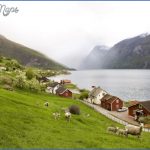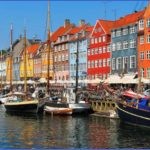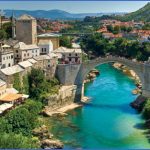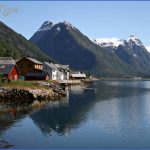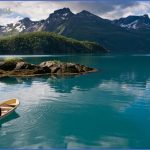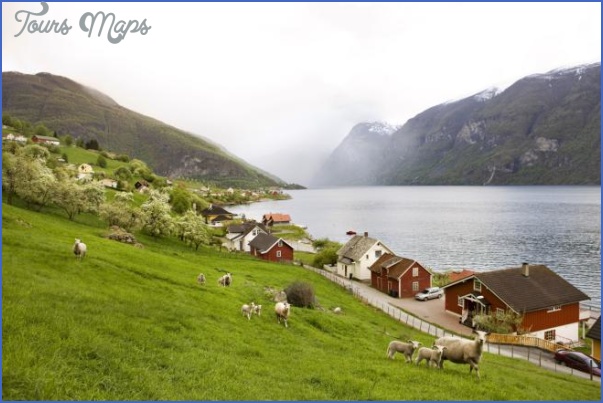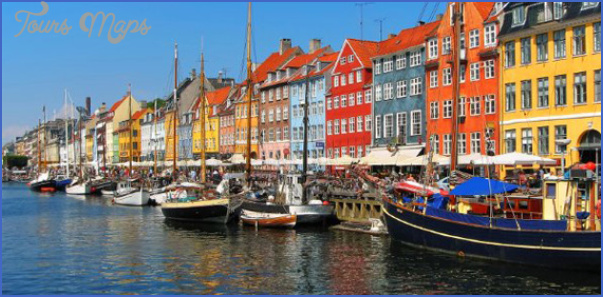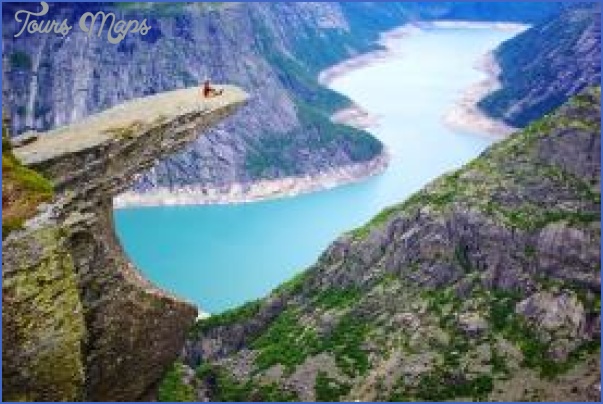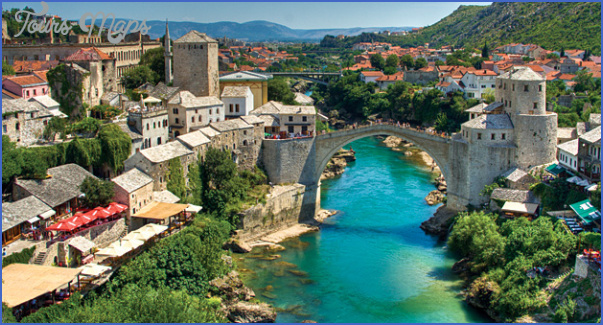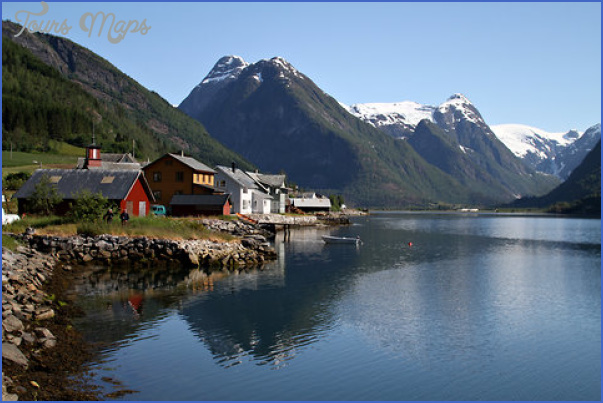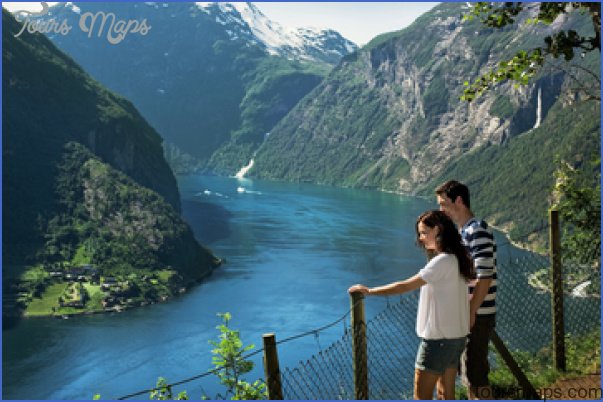The name Scandinavia” embraces the countries of Denmark, Norway and Sweden (also, strictly speaking, Iceland). It only came into general use in the 1 8th c. In practice, Finland is also counted as a Scandinavian country.
Denmark (with the Faeroes and Greenland), Norway (with Svalbard, Jan Mayen and its Antarctic possessions) and Sweden are democratic parliamentary monarchies; Finland is a republic.
All four countries are members of the United Nations, and together with Iceland meet in the Nordic Council. Denmark, Norway and Sweden belong to the Council of Europe, and Denmark is a member of the European Community.
Although the Scandinavian countries cannot claim the impressive tourist statistics of some other European countries, they are attracting steadily increasing numbers of visitors drawn perhaps by the varied natural beauties of the four countries, but also an interest in the way of life of these northern nations, their social and economic pattern, their historical and artistic treasures and the opportunities for relaxing or active holidays they offer. A visit to any of the countries described in this Guide, or to all of them, will be a memorable experience and will lead to a better understanding of the Scandinavian countries and their peoples.
The terms Scandinavia and Scandinavian have arisen in the last few centuries from the name given to the magnificently formed peninsula which extends forsome 1 900 km (1180 miles) from SkSne in the south to the North Cape, separating the Baltic from the North Atlantic. Nowadays it is occupied by the two countries of Norway and Sweden, but from the Treaty of Kalmar in 1397 until 1814, Norway was part of the Kingdom of Denmark. The southern half of Sweden (Skcine) remained Danish for nearly three centuries and Finland was an integral part of Sweden until 1809 when she was ceded to Russia, in exchange for which Norway was handed over to Sweden and remained Swedish until 1904. Iceland, originally settled by Norwegians, remained Danish until 1940 when the occupation of Denmark by Germany meant that she had, in a matter of days almost, to assume independence which was formally agreed to by Denmark in 1 944. Although Finland and Denmark are not part of this Scandinavian peninsula, there is good reason to include them as Scandinavian countries.
Finland was shaped by the same natural forces as Sweden; in many ways it shows the topographical forms moulded by the last Ice Age more markedly than Sweden. Its coastal regions bear the strong imprint f Sweden in their history and culture, and le busy shipping traffic on the Gulf of jthnia has bound the two countries 5ely together. and, the largest province of Den-k, is the only area of Scandinavia which is conjoined to the mainland of Europe. Norway, though, has a brief frontier with Russia in the far north and the whole of Finland’s eastern border has a common frontier with Russia. Until 1658 Denmark held extensive territories across the straits on the Scandinavian peninsula, and evidence of Danish influence can still be seen in Skcine.
Travel to Scandinavia Photo Gallery
Maybe You Like Them Too
- The Best Cities To Visit in The World
- World’s 10 Best Places To Visit
- Coolest Countries in the World to Visit
- Travel to Santorini, Greece
- Map of Barbados – Holiday in Barbados

